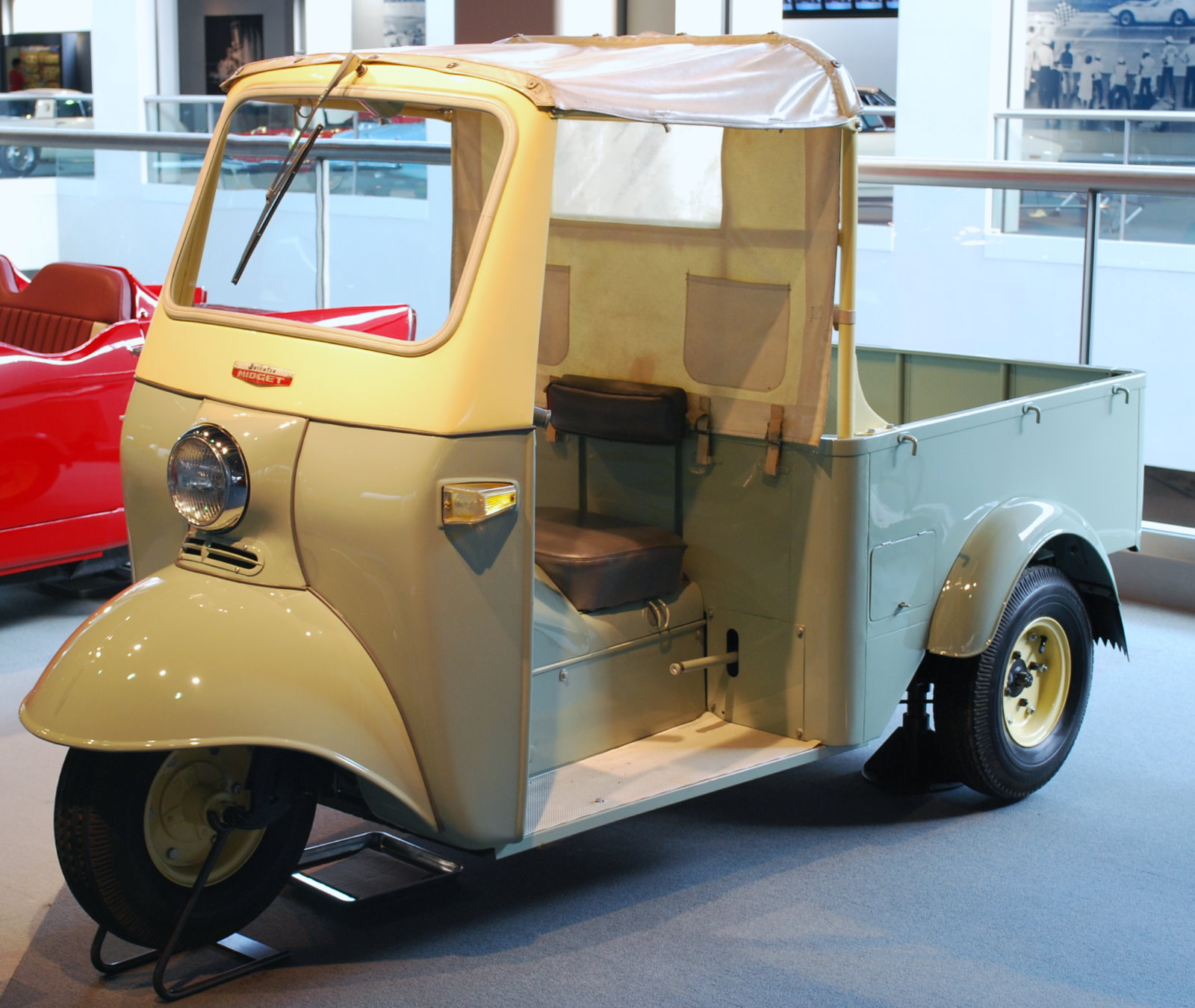 While electric and plug-in hybrid vehicles are a few years away from becoming a mainstream, there are other types of alternative-fuel vehicles that may turn out to be much more economical and environmentally-friendly. Unfortunately these are still far from being commercially viable, due to the expensive technology and the lack of supporting infrastructure. But in recent years, electric vehicles have greatly advanced. In fact, these vehicles are now being used in public transportation systems in many cities across the world.
While electric and plug-in hybrid vehicles are a few years away from becoming a mainstream, there are other types of alternative-fuel vehicles that may turn out to be much more economical and environmentally-friendly. Unfortunately these are still far from being commercially viable, due to the expensive technology and the lack of supporting infrastructure. But in recent years, electric vehicles have greatly advanced. In fact, these vehicles are now being used in public transportation systems in many cities across the world.
Alternatives to Electric
Hydrogen fuel-cell vehicles have the potential to be one of the best alternatives to electric and hybrid cars. These cars produce no air pollution, they can travel further between refuelling, and they have shorter charging times. But, developing hydrogen-powered transport vehicles is a bit complicated. This technology is expensive and it lacks the proper infrastructure.
However, there are a couple of pilot projects that are using hydrogen-powered buses as part of the public transport system. These projects are rooted in a couple of cities, including Winnipeg, Cleveland, and London. There is also a very interesting project in India, which aims to replace the traditional auto rickshaws with vehicles that are powered by hydrogen.
Millennium Tuk-Tuk
A couple of weeks ago, Birmingham City University unveiled its “Millennium Tuk-Tuk” at the Auto Expo Motor Show in New Delhi. They hope that it will become the primary mode of public transport in India, and throughout Asia. It is a four-wheeled vehicle, that runs on hydrogen, and its simple design resembles the classic Tuk-Tuks. Birmingham City University developed the vehicle in collaboration with the Indian automotive research institute, DYPDC and Spencer Ashley, manufacturer of parts for motorsports and niche vehicles.
The vehicle’s powertrain includes an electric motor and a hydrogen fuel cell, which converts the hydrogen energy into electricity. The electricity powers the electric motor, which then propels the vehicle. Low pressure metal hydride cylinders are used for storing hydrogen, which is then retrieved by a thermal compressor. Hydrogen is produced through a chemical reaction called water splitting, where water is split into hydrogen and oxygen. In this case, solar energy is used to split water into its component elements, which is quite convenient, considering the abundance of sunshine in the country. In addition to this, the Tuk-Tuk’s hydrogen storage cylinders can be removed from the vehicle, at any time, and be used for other purposes. This could help power devices, such as mobile phones, computers, and lighting.
This project is part of India’s Hydrogen Highway initiative, and it has set a target to have one million hydrogen fuel-cell vehicles on Indian roads by 2020. The project is part of a wider effort to reduce air pollution caused by motor vehicles, which is a huge issue in India.